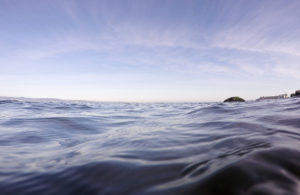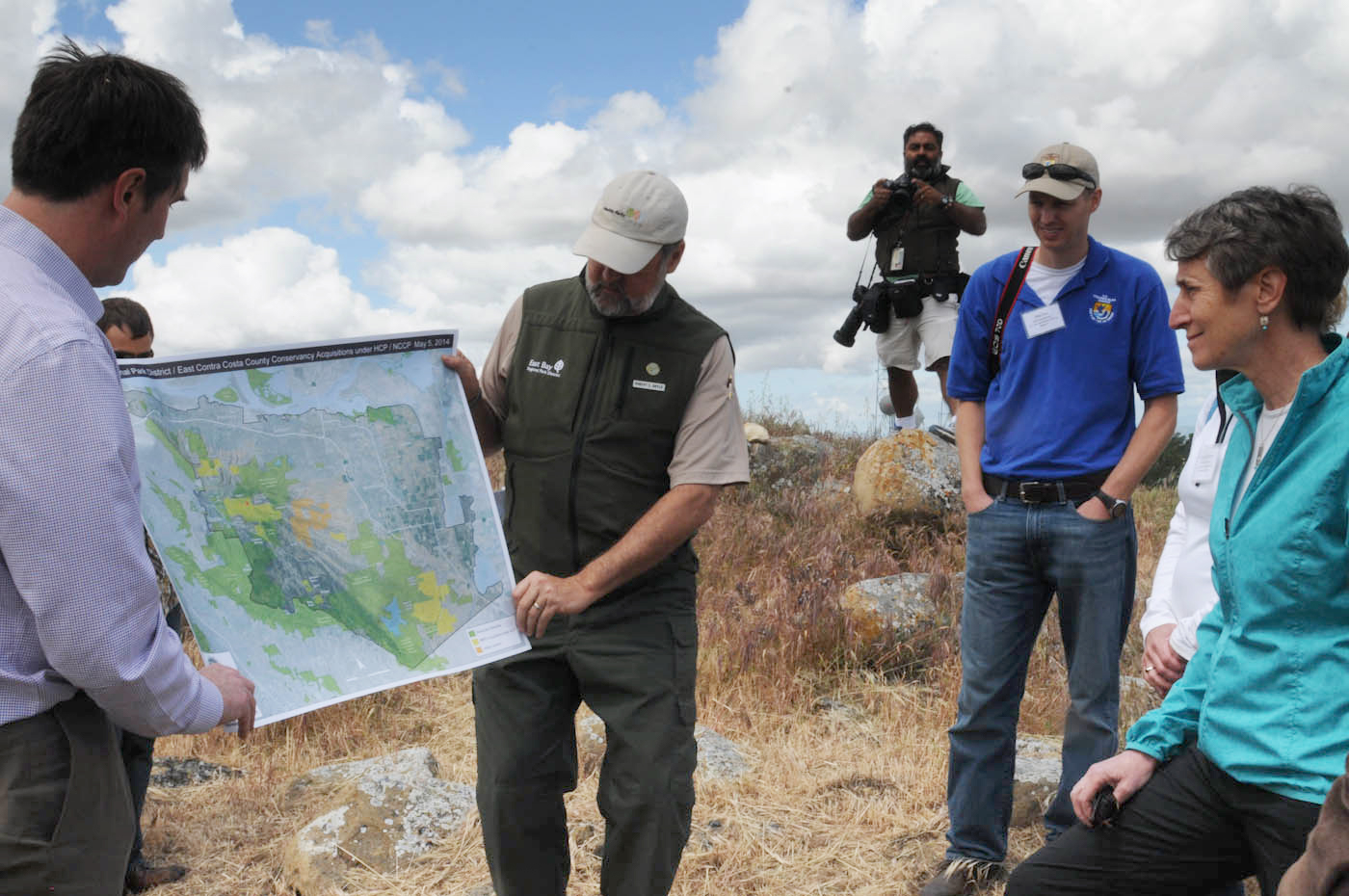There are many local farms in the Bay Area where families can visit to learn about how food is grown and raised and meet the farmers who make it happen.

Sign up for our free weekly newsletter and understand everything better!


There are many local farms in the Bay Area where families can visit to learn about how food is grown and raised and meet the farmers who make it happen.
-150x150.jpg)
Thousands of volunteers from around California will converge on beaches, lakes and rivers for the 24th annual Coastal Cleanup Day on Saturday, September 20. You could be one of them!
-150x150.jpg)
A derelict historic building on the Palo Alto waterfront is about to find new life: As the expanded home of the 36-year-old nonprofit Environmental Volunteers, which offers hands-on science learning to thousands of South Bay schoolchildren each year.
-150x150.jpg)
Until August 1, 2008, you can add your comments to a major planning process for the Golden Gate National Recreation Area and other Bay Area parks managed by the National Park Service.

The Warm Springs Unit, like many other relatively small protected areas throughout the region, may not look like much compared to the towering peaks of Yosemite or the plunging cliffs of Big Sur. But it is part of the Bay … Read more

Find out the latest on California’s effort to establish some of the strongest marine protected areas in the world.
-150x150.jpg)
We hadn’t yet reached the Gulf of the Farallones National Marine Sanctuary, but we were far enough outside the Golden Gate that Angel Island looked like an extension of the Marin Headlands, an optical illusion that kept early explorers from … Read more
-150x133.jpg)
Driving east on Highway 4 toward Pittsburg, I notice the man-made dirt bunkers on the right that look like giant ground squirrel burrows. The bunkers and surrounding grasslands are part of the 5,100-acre upland portion of the Concord Naval Weapons … Read more
-150x150.jpg)
In 1953, Sada Coe gave her family ranch to the public, with the stipulation that it become parkland and that it be named after her father, Henry W. Coe. Several years later, she reiterated her passion for sharing the land … Read more
-150x150.jpg)
Not long after the cargo ship Cosco Busan ran into the Bay Bridge last November, it was clear that the resulting spill was only the beginning of a much longer story. Volunteers flocked to shoreline parks and beaches, hoping to … Read more